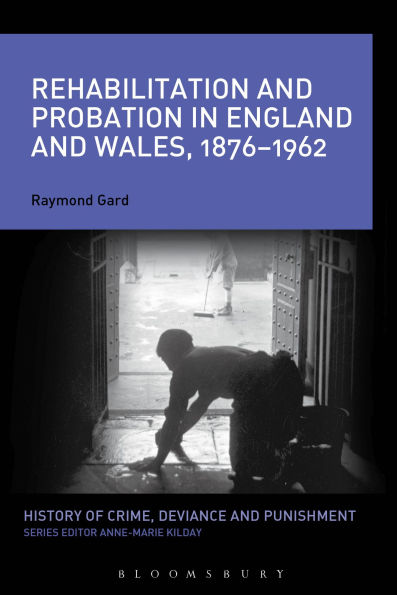Home
Rehabilitation and Probation England Wales, 1876-1962
Loading Inventory...
Barnes and Noble
Rehabilitation and Probation England Wales, 1876-1962
Current price: $175.00


Barnes and Noble
Rehabilitation and Probation England Wales, 1876-1962
Current price: $175.00
Loading Inventory...
Size: Hardcover
*Product Information may vary - to confirm product availability, pricing, and additional information please contact Barnes and Noble
Rehabilitation and Probation in England and Wales, 1876-1962
draws on a wide range of archive material to describe the arrival of a modern probation service. Focusing on the first half of the twentieth century, it describes the debates, conflicts and compromises that resulted in the creation of a state sponsored, centrally controlled, professional, secular, social work and psychological based agency. Following a chronological structure, Ray Gard explores the arrival of the so-called period of 'penal optimism', showing how rehabilitation arrived in the courts of England and Wales. The book uses archive and original material to give voice to those devising and implementing policy, revealing an uneven path to a modern probation system.
draws on a wide range of archive material to describe the arrival of a modern probation service. Focusing on the first half of the twentieth century, it describes the debates, conflicts and compromises that resulted in the creation of a state sponsored, centrally controlled, professional, secular, social work and psychological based agency. Following a chronological structure, Ray Gard explores the arrival of the so-called period of 'penal optimism', showing how rehabilitation arrived in the courts of England and Wales. The book uses archive and original material to give voice to those devising and implementing policy, revealing an uneven path to a modern probation system.

















